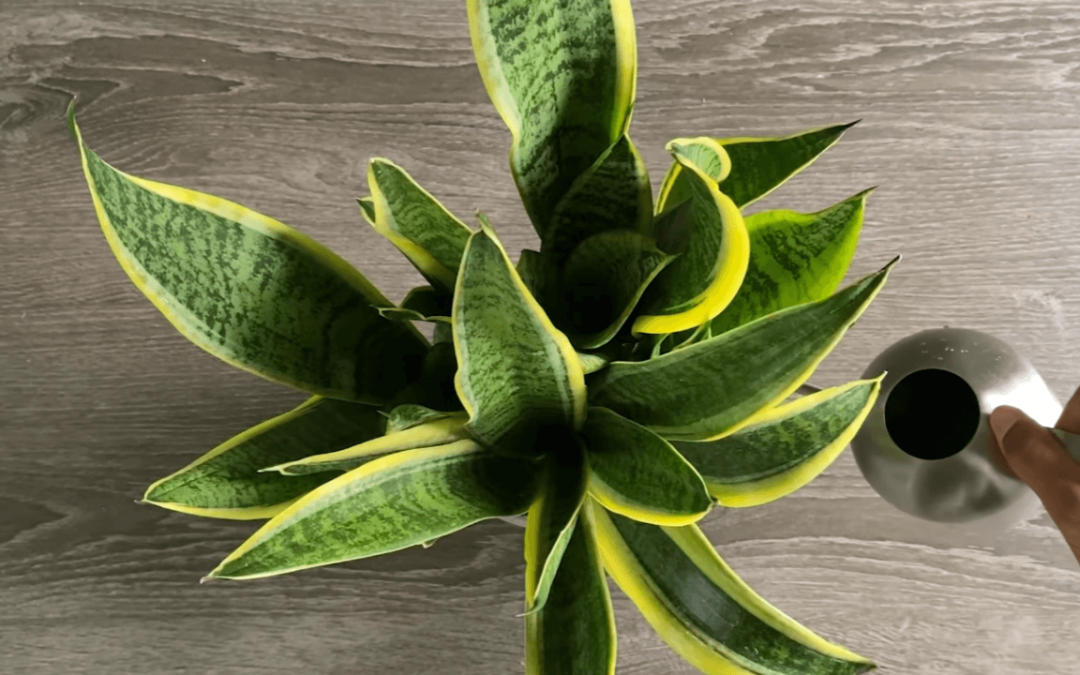Explanation of the importance of air quality
Recognizing the importance of air quality for health, it’s crucial to address indoor pollutants that can lead to respiratory issues and other health problems. To enhance indoor air quality:
- Ensure Proper Ventilation: Use windows or mechanical systems like air purifiers to reduce indoor pollutant concentration.
- Choose Natural Cleaning Alternatives: Minimize chemical-based cleaners to reduce toxin release. Regular dusting and vacuuming help maintain air quality.
- Integrate Indoor Plants: Incorporate plants like spider plants for natural air purification, filtering pollutants through leaves and roots.
- Maintain a Clean Environment: Regularly inspect for moisture sources to prevent mold and mildew growth, safeguarding air quality.
Prioritizing these practices creates healthier living and working spaces, aligning with the advocacy for nature integration and conscious air quality management.
The role of indoor plants in improving air quality
Recognizing the remarkable benefits of indoor plants for air quality, incorporating them into living and working spaces offers numerous advantages. Through phytoremediation, plants naturally absorb and break down common indoor pollutants like formaldehyde and benzene, creating a healthier indoor environment.
Indoor plants also contribute to increased humidity levels, releasing water vapor through transpiration. This is particularly beneficial in dry conditions or during winter, alleviating dry skin and respiratory irritation.
Additionally, indoor plants act as natural filters, reducing airborne dust particles and improving overall air quality. Beyond aesthetic appeal, integrating indoor plants enhances health and well-being, aligning with our encouragement for cleaner, more rejuvenating indoor spaces.
Introduction to Snake Plants and their benefits
Snake Plants, scientifically known as Sansevieria, are celebrated for their air-purifying prowess and easy care. Originating from tropical West Africa, these plants have become ubiquitous in homes and offices globally. Their exceptional ability to remove pollutants like formaldehyde and benzene from indoor air makes them a valuable addition to indoor spaces. Snake Plants employ crassulacean acid metabolism (CAM), absorbing carbon dioxide at night and releasing oxygen during the day, enhancing air freshness. Thriving in well-draining soil and adaptable to varying light conditions, Snake Plants are low-maintenance. With resilience against pests and diseases, regular care ensures their health and aesthetic appeal, contributing to a greener and healthier indoor environment.
What is a Snake Plant?
The Snake Plant, or Sansevieria, is a captivating succulent known for its unique growth pattern and striking foliage. With resilient, upright leaves forming an elegant rosette shape, this plant showcases vibrant green hues with yellow or white streaks. Some varieties boast solid green foliage, and their heights vary from a few to several feet, making them captivating additions to indoor or outdoor spaces.
Scientific name and origin
The Snake Plant, scientifically known as Sansevieria, is part of the Asparagaceae family, which includes popular indoor species like Dracaena and Spider Plant. Originating from West Africa, particularly Nigeria to Congo, Snake Plants have become globally popular for their adaptability and ability to thrive in diverse conditions. Cultivated and traded worldwide, these plants contribute to the aesthetic appeal of indoor and outdoor spaces, adding to the rich diversity of botanical offerings.
Types of Snake Plants
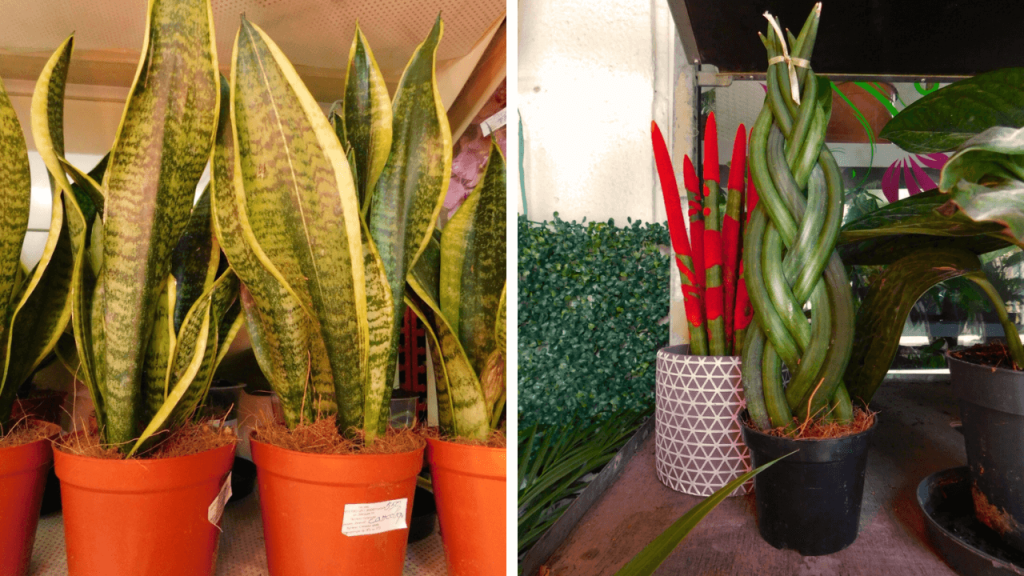
Noteworthy Snake Plant varieties include:
- Sansevieria trifasciata (Mother-in-Law’s Tongue): The most prevalent Snake Plant, known for elongated, pointed leaves in vibrant green hues with striking yellow or white stripes.
- Sansevieria cylindrica (African Spear Plant): Recognized for cylindrical leaves, this variety showcases sleek, solid green foliage, adding elegance to indoor spaces.
- Sansevieria bacularis (Bathtub Plant): Featuring long, slender leaves with a captivating blend of green tones and darker green markings, creating a visually intriguing pattern.
- Sansevieria kirkii (Star Sansevieria): Captivating with short, wide leaves in green hues accented by delicate white or silver markings, resembling a celestial tapestry.
Snake Plants, popular as indoor plants, not only enhance aesthetics but also contribute to a cleaner and invigorating environment.
Benefits of Snake Plants
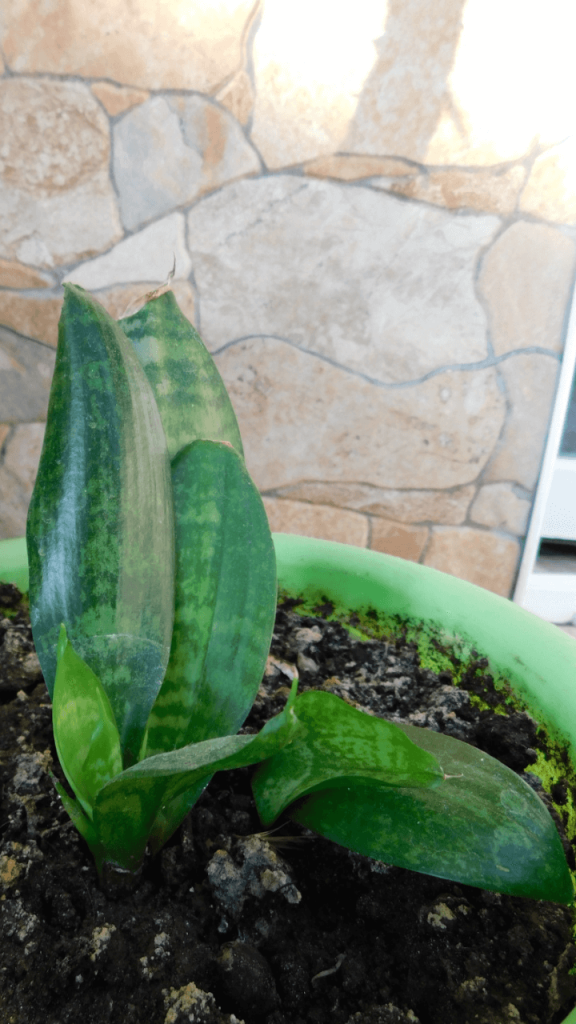
Snake Plants excel in air purification, removing toxins like formaldehyde and benzene found in household items. Their unique ability significantly improves indoor air quality, reducing the risk of respiratory issues and fostering a healthier environment.
Reduction of toxins and pollutants
Snake Plants, known for air purification, also effectively reduce airborne dust particles, benefiting those with allergies or asthma. This contributes to a cleaner and more comfortable indoor environment, promoting better respiratory health and overall well-being.
Humidity control
Snake Plants, known for air purification, also regulate humidity by releasing moisture through transpiration. This feature helps mitigate issues related to dry air, promoting a more balanced and comfortable living environment for optimal well-being.
Low-maintenance care
Snake Plants boast exceptional ease of care, thriving in low light and requiring minimal watering, making them ideal for busy individuals or new indoor gardeners. Additionally, their non-toxic nature ensures safety for pets and children. With air purification, toxin reduction, and humidity regulation, Snake Plants offer a perfect blend of aesthetic appeal and practicality for indoor plant enthusiasts.
Caring for Snake Plants
Snake Plants showcase remarkable adaptability to various light conditions. While they thrive in bright, indirect sunlight, they can tolerate low light with slower growth. Caution is needed to avoid direct sunlight, preventing leaf scorching. Achieving the right light balance ensures optimal health and growth for Snake Plants in indoor settings.
Watering requirements
Snake Plants exhibit an admirable ability to endure drought and have low water requirements, making them ideal for low-maintenance indoor spaces. Overwatering poses risks like root rot, so it’s crucial to let the soil thoroughly dry between waterings. A general guideline suggests watering every two to four weeks, considering factors like humidity and temperature. Adjusting the watering frequency based on environmental conditions ensures the optimal well-being of Snake Plants.
Soil and fertilization
Snake Plants thrive in well-draining soil rich in organic matter. Choosing a potting mix with perlite, peat moss, and coarse sand ensures proper drainage and a healthy root environment. While regular fertilization is generally not required, occasional feedings during the active growth period (spring and summer) can benefit Snake Plants. Applying balanced fertilizer every 2-3 months, with equal proportions of nitrogen, phosphorus, and potassium, provides necessary nutrients for optimal growth, maintaining overall health and vigor.
Repotting
Snake Plants thrive when slightly root-bound, minimizing the need for frequent repotting. Repotting is recommended every 2-3 years or when the plant outgrows its current container. Use well-draining soil during repotting to ensure excess water flows freely. Choose a pot only slightly larger than the current one to prevent excessive soil moisture and promote a healthy root system. Following these guidelines supports optimal growth and development, allowing Snake Plants to flourish in their new pot.
Common problems
Snake Plants are generally resilient, requiring minimal effort to maintain. Common problems, such as overwatering and pests like spider mites or mealybugs, can affect their health. To prevent issues, exercise caution with watering for proper drainage and regularly inspect for pests. Treat pest infestations with a mild soap solution or insecticidal spray. Adhering to these practices preserves the vitality of Snake Plants, allowing them to thrive indoors. With low-maintenance care and air-purifying capabilities, they are an excellent choice for long-term benefits and aesthetic appeal in indoor spaces.
Creative Ways to Use Snake Plants
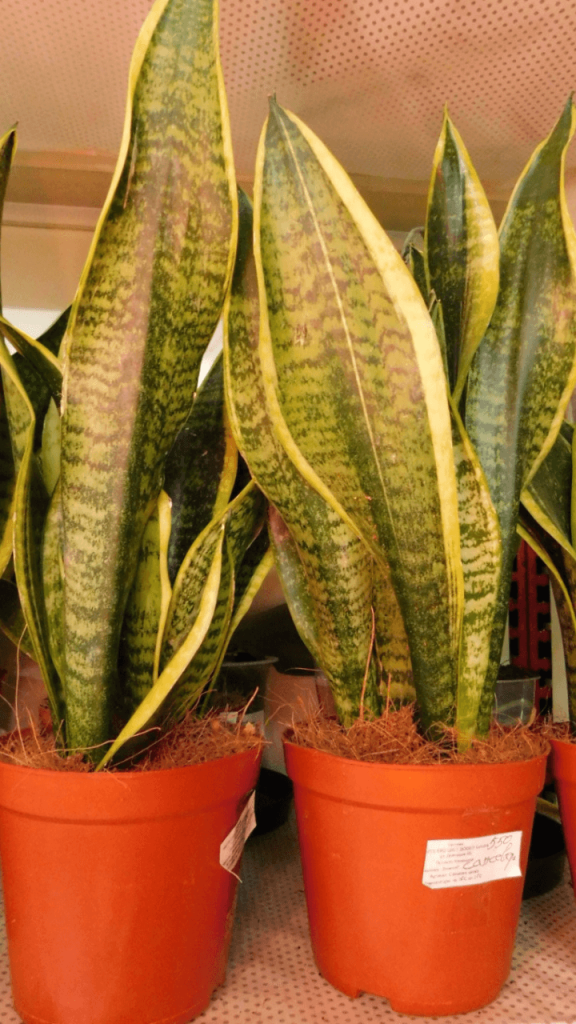
Snake Plants offer versatility and are ideal for vertical gardens, a popular choice in urban environments with limited space. Vertical gardens, created by attaching planters to walls or fences, showcase various plant species, including Snake Plants. Incorporating Snake Plants results in visually stunning living walls that enhance aesthetics and contribute to air purification. Their air-purifying capabilities make them valuable additions to vertical gardens, ensuring quality air. This innovative approach allows urban dwellers to enjoy indoor greenery in limited spaces, transforming walls into living showcases of nature.
Indoor landscaping
Snake Plants are an excellent choice for indoor landscaping, creating a tranquil atmosphere. Their versatility allows for diverse arrangements, enhancing the overall aesthetics of indoor spaces.
Grouping Snake Plants in clusters of various sizes creates visual impact and harmony. Combining them with other plant species forms a lush indoor garden, adding to the natural ambiance.
To boost visual appeal, place Snake Plants in decorative planters that complement the space’s design theme. This elevates the aesthetic appeal of the plants.
Incorporating Snake Plants in indoor landscaping creates a soothing environment, bringing nature indoors. Their adaptability and visual appeal enhance the overall aesthetics of any indoor setting.
Bedroom decor
Snake Plants exhibit exceptional air-purifying qualities, making them an ideal choice for bedrooms. Placing one on a nightstand or dresser contributes to a restful night’s sleep by effectively filtering out toxins.
Introducing a Snake Plant into the bedroom removes harmful pollutants, creating a healthier and more breathable atmosphere conducive to quality sleep.
Moreover, Snake Plants release oxygen during the night, enhancing air quality for a revitalizing and refreshing sleep experience.
Strategically positioned in the bedroom, Snake Plants provide an aesthetically pleasing touch and contribute to creating a healthier and more serene environment for rest and rejuvenation.
Office spaces
Snake Plants make a valuable addition to office spaces, offering benefits such as improved air quality and stress reduction. Placing them on desks or shelves introduces a touch of greenery, fostering a welcoming atmosphere and enhancing the overall environment.
One notable advantage is their exceptional ability to filter out toxins and pollutants in indoor environments, contributing to a healthier workspace. Additionally, Snake Plants are recognized for their stress-reducing properties, positively impacting psychological well-being.
Strategically placing Snake Plants allows for optimal integration of nature in the office, creating a visually appealing and relaxing ambiance. This contributes to a more pleasant and conducive workspace, enhancing both aesthetics and the overall atmosphere.
In conclusion, introducing Snake Plants to office spaces is a wise choice, offering air-purifying and stress-reducing benefits. Placing them strategically enhances the environment for a productive and enjoyable work experience.
Natural room dividers
From a design perspective, Snake Plants offer possibilities to enhance indoor spaces. One application is using them as natural room dividers, creating living barriers in open-plan areas. Arranged in tall planters, Snake Plants delineate sections while purifying the air.
Their versatility extends to vertical gardens, where their upright growth and appealing foliage make them captivating additions. Whether on walls or in specialized structures, Snake Plants contribute to beautiful, air-purifying living walls.
In bedrooms, Snake Plants merge aesthetics with functionality, enhancing air quality. Removing toxins and emitting oxygen at night, they create a serene sleep environment, promoting overall well-being.
In summary, Snake Plants provide creative potential to elevate indoor spaces aesthetically and functionally, serving various purposes with elegance and purifying benefits.
Benefits of Snake Plants
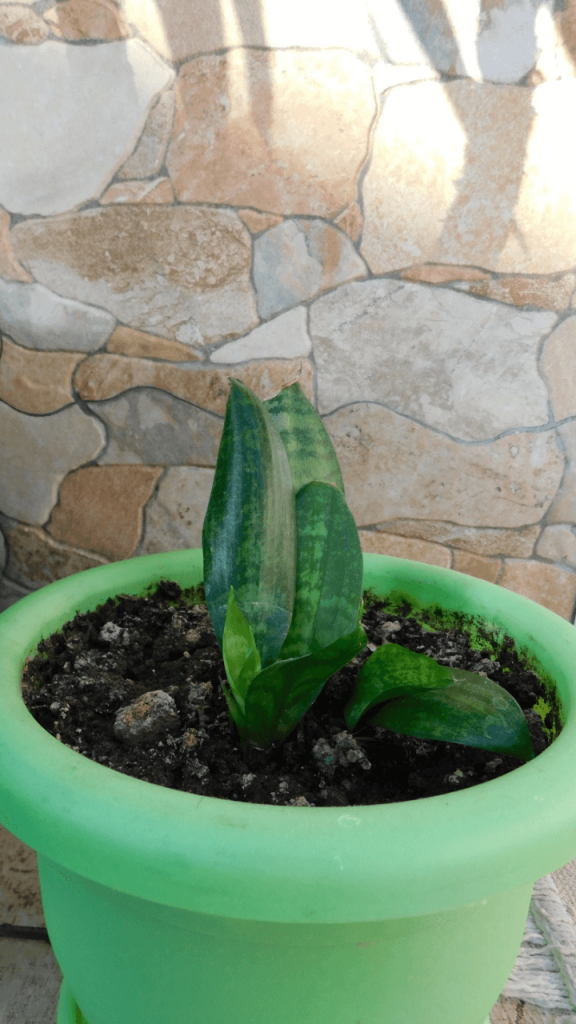
From a plant expert’s viewpoint, Snake Plants excel at purifying indoor air by eliminating toxins like formaldehyde and benzene. These harmful substances are commonly found in household items, contributing to health issues. Snake Plants actively filter and absorb these toxins, improving air quality and creating a healthier living environment.
Their unique ability to combat airborne pollutants makes Snake Plants valuable. Through intricate processes, they not only absorb pollutants but also release oxygen, refreshing the atmosphere. By reducing noxious chemicals, Snake Plants contribute to a harmonious and sustainable indoor environment for all.
In conclusion, Snake Plants, from a plant expert’s perspective, play a crucial role in achieving cleaner and healthier indoor spaces. Their effective removal of toxins enhances air quality, minimizing health risks and promoting overall well-being.
Low-maintenance
From a plant expert’s standpoint, Snake Plants are renowned as exceptionally low-maintenance houseplants, making them perfect for busy individuals or those new to plant care. Their adaptability allows placement in diverse lighting and temperature conditions, offering flexibility to homeowners. The resilience of Snake Plants enables them to endure extended periods without frequent watering or fertilization, ideal for those with limited time for plant maintenance. Their ability to thrive under neglect, tolerating drought and requiring infrequent fertilization, makes Snake Plants an outstanding choice for individuals seeking hassle-free greenery in their indoor spaces.
Aesthetic appeal
From a plant enthusiast’s view, Snake Plants not only excel in purifying the air but also boast an inherent aesthetic charm. Their upright leaves exhibit captivating patterns and colors, ranging from vibrant green and yellow to lustrous silver and white, seamlessly fitting into any room and creating a tranquil ambiance. Beyond their foliage, Snake Plants offer versatility in imaginative arrangements, allowing for personalized indoor gardens that reflect individual style. Whether as a centerpiece or in creative groupings, Snake Plants bring a touch of natural allure, transforming spaces into havens of botanical elegance.
Health benefits
From a health perspective, Snake Plants provide benefits beyond air purification. Scientific studies indicate positive impacts, including improved sleep quality by reducing disturbances. These plants also contribute to stress reduction, fostering a relaxing environment and overall well-being. Furthermore, Snake Plants positively influence mood and productivity, uplifting spirits and creating a positive atmosphere in homes or offices. With their diverse benefits, from air purification to enhancing mood and reducing stress, Snake Plants are a valuable addition to indoor spaces. Their low-maintenance care makes them an ideal choice for those seeking both aesthetic appeal and health benefits.

